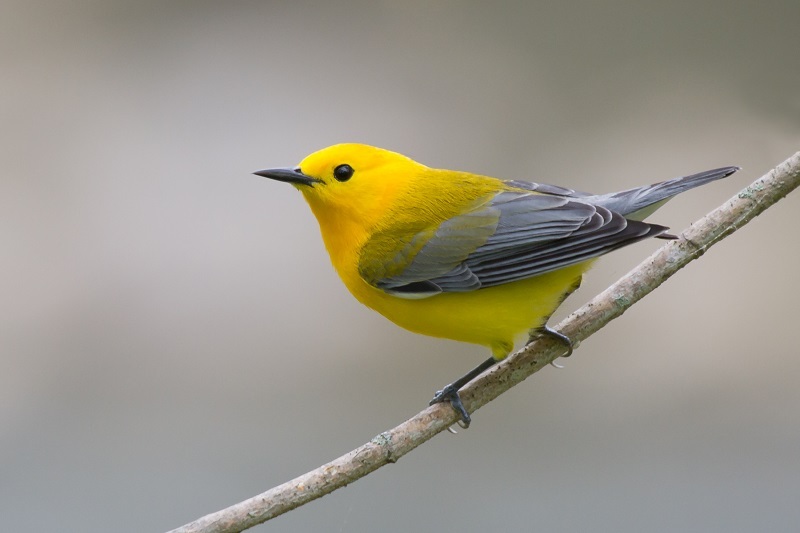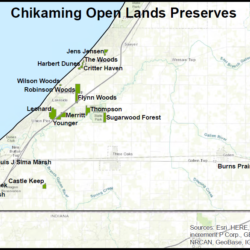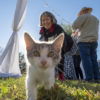
Birds on the move!
Posted on October 16, 2020
It’s fall, which can be an exciting time for bird-lovers as a broad variety of different species travel through the area on their way south for the winter months. Bird migration is quite complex, with a mind-boggling number of factors playing into when and how they make their trips. This makes it seem like getting to see them can amount to just happenstance; but there are some simple ways you can predict how to be in the right place at the right time.
Timing
Fall migration begins far earlier than most people realize. In fact, some shore birds begin their journeys in late June, with the earliest land birds following close behind. August through October are the peak migration months, though some species that travel shorter distances, like sparrows, waterfowl and raptors, don’t get going until December.
Day or Night?
Most land birds traveling long distances prefer to move at night. Nocturnal travel allows them to take advantage of cooler, calmer air and to avoid raptors. They also use stars to help them navigate. But some, like the aforementioned raptors, migrate during the day. The reason they choose daytime to make their journey has to do with the way they fly. Raptors soar rather than flap their wings. This means they need the thermal energy created by the sun to help generate lift. Rarely will birds travel both day and night, unless they are faced with a large body of water, like the Gulf of Mexico, or a meteorological phenomenon, like a hurricane.
Wind
During the peak migratory months of August through October, birds are usually on the move every day, particularly as Autumn progresses and the days get shorter. But the amount of birds you might be able to see depends a lot on weather patterns… which makes sense! If there a nice tailwind, the birds will recognize that travel conditions are optimal, and move en masse.
Cold Fronts
A cold front will often be preceded by unstable air, storms, and strong winds—conditions that are not ideal for migration. These weather systems produce what birders call “fall out”, where large numbers of migrants congregate in a relatively small geographic area to wait for better conditions. Once the cold front passes, their air is generally cool and dry with favorable winds, at which point all the birds that have “fallen “out” will take flight at once. So watch the Weather Channel! A great time to get out and see some birds is the morning after a cold front passes through.
Happy Birding!




















